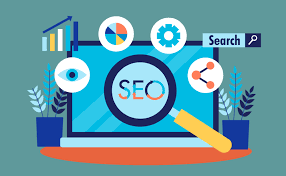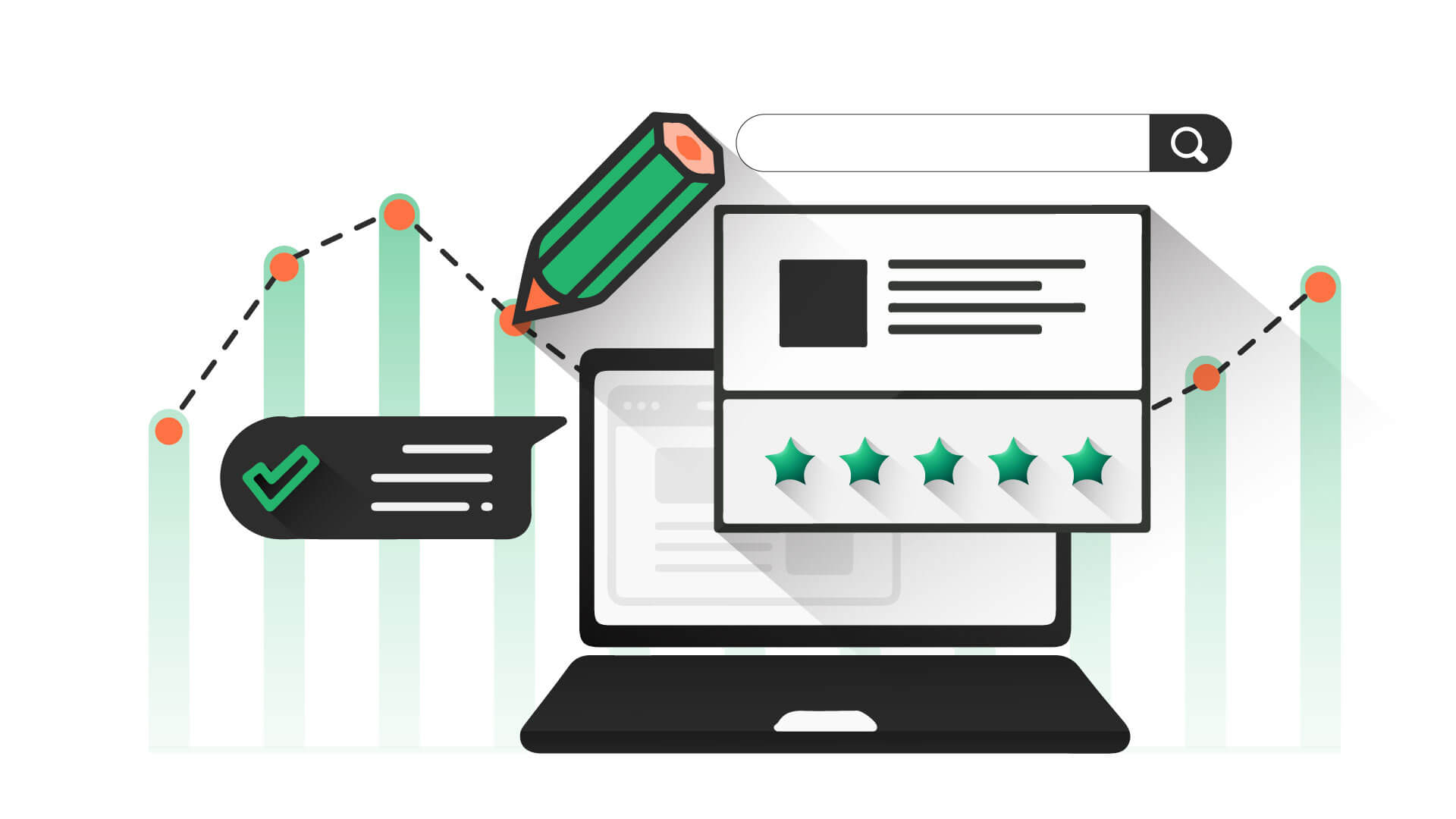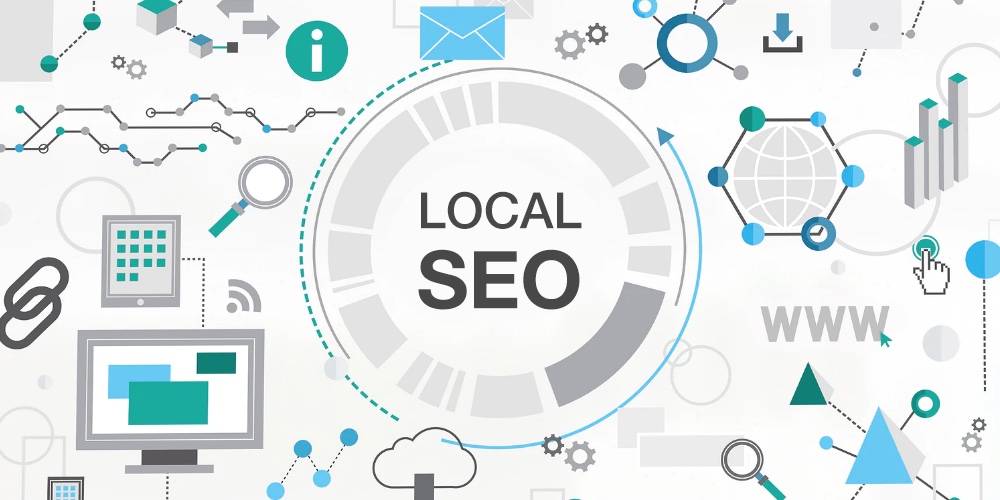Hello!
Knowing how to optimize your SEO and analytics for more sales is crucial to running a successful online business. Today, I show you how by walking you through a few different points to get your site up and working.
1. Identify the Pages With the Highest Conversions
The first step toward optimizing and managing your website’s performance is establishing how many views your landing page has.
All you do is go to Google Analytics, then to “Behavior,” “Site Content,” and “Landing Pages.” Once on the “Landing Pages” view, you have a list of all of the pages that people first land on when they find your site.
2. Double-Down Your SEO Efforts on High-Converting Pages
 For the best performance and revenue, it’s a good idea to see what you can do to increase organic search traffic to your high-converting pages. There are a few ways that you can do this.
For the best performance and revenue, it’s a good idea to see what you can do to increase organic search traffic to your high-converting pages. There are a few ways that you can do this.
One way is to link to your high-converting pages from other pages on your website, which is known as internal linking. This helps search engine crawlers hop from page to page to scan your content. It is also a ranking signal in the Google algorithm, so the more internal links a webpage has, the better chance it has to boost its keyword ranking.
You should also focus on getting other websites to link to your high-converting pages. There are different ways to do this; for example, you can ask friends or other associates to link to your site. If your page has unique data or interesting content, then you can promote it to other websites that might be interested in your content.
3. Strategize Around the Money Pages
To generate optimal revenue, you need to focus your website marketing strategy on creating and maintaining your income-producing pages.
 Most small and medium-size websites can trace the majority of their revenue to a few converting-pages. These are usually pages that rank well for keywords with high buyer intent, called “money pages”.
Most small and medium-size websites can trace the majority of their revenue to a few converting-pages. These are usually pages that rank well for keywords with high buyer intent, called “money pages”.
Since there are only a limited number of buyer keywords in every niche, a complete SEO content strategy will involve creating informational articles that support your buyer content.
You do this by building topic clusters. Once you have your topic and niche, start producing “pillar pages”. A pillar page is like an information hub, which covers your chosen topic extensively.
Successful pillar pages should include eye-catching content with relevant pictures and high-quality content that keeps the reader interested. Use compelling headers, infographics to demonstrate your expertise visually, and any related resources.
By creating pillar pages and topic clusters, your search rankings and organic traffic will be boosted. Now it’s time to link your pillar page and money page to show search engines how they relate. Through your pillar pages, link to your subtopics where applicable; this could be relevant case studies, blog posts, among others.
Then go to your subtopics and link back to your related pillar pages so that crawlers can find their way around.
Once you’ve created your topic cluster, give it a month or two before looking at your web analytics. It takes some time before the results show, especially after making  significant changes.
significant changes.
You can track the success of your content marketing through analytics. According to data by Wordable, there are several main tools for measuring quantitative data in your content:
• Google Analytics
• Heat maps and click maps
• SEO tools like Ahrefs and SEMrush
4. Pursue Keywords With High Buyer Intent
Keyword research is one of the most important skills to have regarding content marketing and blogging, especially if you want to generate sales.
You need to find specific keywords that reflect a buyer’s intent, which is usually a product name or category. To complicate it even further, there are three different types of buyer keywords:
• Buy now keywords: These are keywords that people use minutes before making a purchase. The traffic driven through buy now keywords often converts well, and they’re usually relatively concise, such as “coupon,” “pre-owned,” “on sale,” and “affordable.”
• Product research keywords: For people who are still researching, they generally use keywords with several search modifiers. It could include “product review,” “product vs. product comparison,” “product alternative,” or “five best product.”
 • Informational keywords: Buyers who face a specific problem typically use informational keywords. These often begin with “how to,” followed by a more specific keyword. These can be “how to cure,” “how to find,” “how to get rid of.”
• Informational keywords: Buyers who face a specific problem typically use informational keywords. These often begin with “how to,” followed by a more specific keyword. These can be “how to cure,” “how to find,” “how to get rid of.”
There are multiple online tools that you can use to find your keywords, such as SEMrush and UberSuggest. You can also look for keywords with ads as these are generally transactional in nature.
Another thing to take into consideration is the industry that you are in. For example, keywords in the finance industry often include words like “price”, “score”, or “rates”. You wouldn’t necessarily find buyer keywords in other industries with those particular words. Every industry has unique keywords like this that you need to learn.
5. Remove Friction for Users
Viewers form impressions of your website fast; within a few seconds of clicking onto your site, they determine whether to stay or go to the next. Some websites make the fatal mistake of making their pages difficult to engage with or buy from.
We usually refer to such websites as “high friction.” Friction refers to how many obstacles visitors have to get by to accomplish their goals. If you want to optimize your conversion rate, then you definitely need to decrease friction on your website.
 A few things determine whether your website is high friction or not. This could include:
A few things determine whether your website is high friction or not. This could include:
• Too many pop-up offers
• Distracting visuals
• Unnecessary actions and decisions
• Too many call-to-action buttons
• Glitchy check out
• Irrelevant marketing offers
Instead, try keeping it simple, like proposing one relevant offer per user at a time; minimize the number of steps it requires to accomplish their goal. Keep it as simple and straightforward as possible to increase your conversions every time.
6. Use Analytics That Track Individual Users
Using customer analytics to analyze your customers’ behavior can help you predict future outcomes while personalizing your customer’s experience by showing them relevant offers.
 Advanced customer analytics tools can track the customer journey after users create an account and provide you with their information. This CRM functionality is key if you want to tailor your customer journey to each user. Useful analytics is essential as it tracks which devices your users are visiting from and across multiple platforms.
Advanced customer analytics tools can track the customer journey after users create an account and provide you with their information. This CRM functionality is key if you want to tailor your customer journey to each user. Useful analytics is essential as it tracks which devices your users are visiting from and across multiple platforms.
With your user’s historical data, you can see what worked and what hasn’t to create a better experience for them and you. Analytics platforms usually offer different analyses, such as descriptive, product, trends, customer journey, and predictive analysis.
Now you can offer a more customized experience while realizing newer, better purchasing patterns to generate sales.
7. Marketing and Sales Should Work Together
A common pain point for the sales team is that marketing often gets them unqualified leads, meaning that the people clicking on your website aren’t ready to buy, or don’t have the proper budget for your product.
 To avoid high bounce rates, you need to create lead forms by asking qualifying questions, including their budget, timing, and authority. Start with non-intrusive questions and then build-up to the more specific ones.
To avoid high bounce rates, you need to create lead forms by asking qualifying questions, including their budget, timing, and authority. Start with non-intrusive questions and then build-up to the more specific ones.
Any visitor that doesn’t check all the boxes becomes an unqualified lead that your website won’t pass on to sales. However, you can turn such prospects into leads by offering them something else instead, like an eBook.
By doing this, you’re not wasting anyone’s time while providing value to the customer and your site.
You can also “warm up” the unqualified leads with lead nurturing, especially those who aren’t ready to buy anything just yet. Send them emails with content appropriate to their phase in the sales funnel, but don’t be overbearing—find a balance between too much and not enough.
Optimize Your SEO And Analytics to Increase Your Sales
SEO is made up of numerous different elements, and knowing what they are and how they work is key to understanding why SEO is crucial. Ameliorating the SEO of your content and using an analytics platform can help you generate more traffic and optimizing sales. It needs some research to master, but there are a lot of websites that can help. Having an optimized SEO makes your website more visible, which means increased traffic and more opportunities to convert prospects into customers.
- Simplifying What Web Analytics is All About
- How to Choose The Best VPN Service for Your Needs in 2025
- Meta’s Fourth AI Division Overhaul in Six Months: A Deep Dive into Superintelligence Labs
Thank you!
Subscribe to our newsletter! Join us on social networks!
See you!






